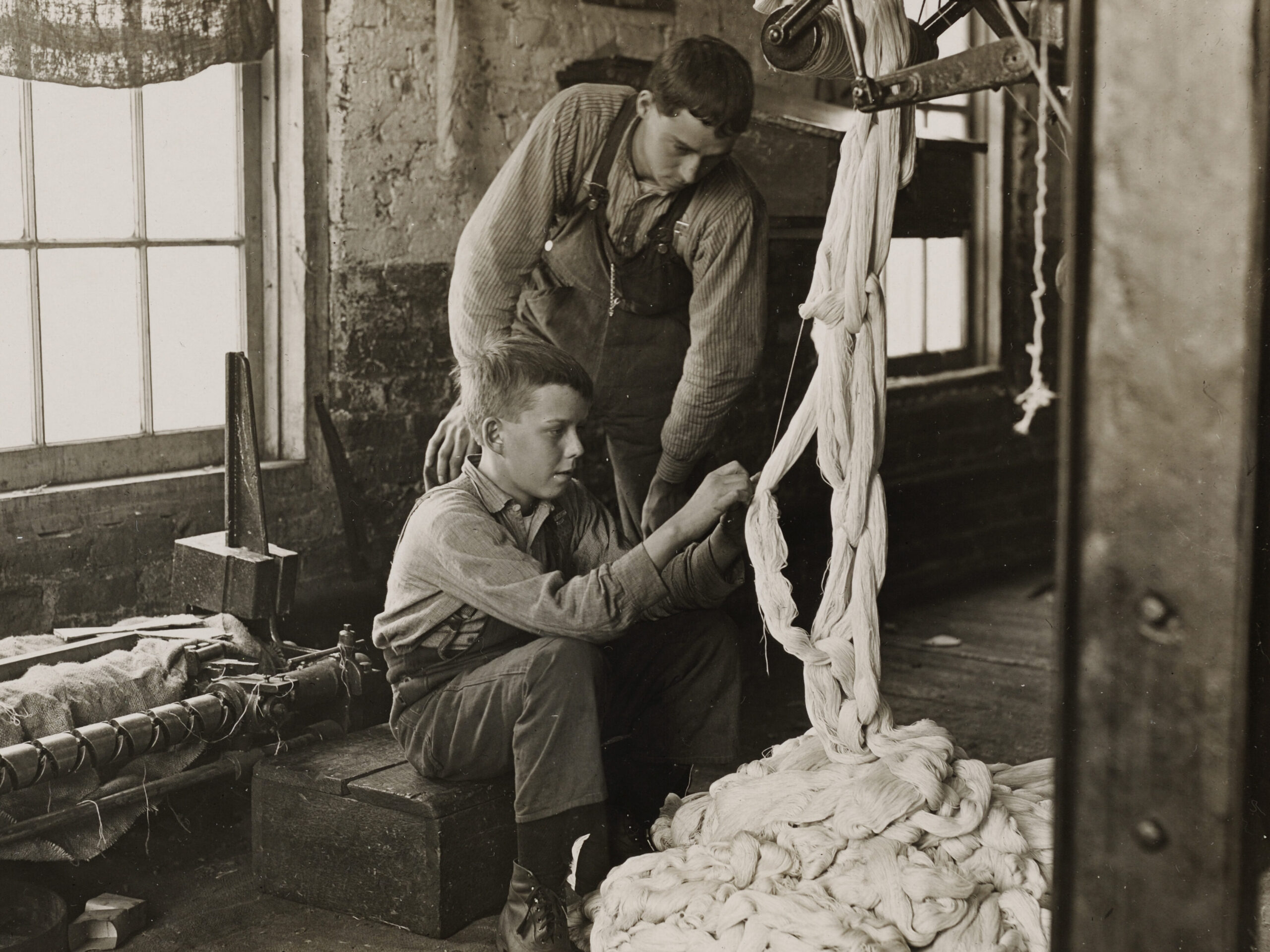
We all have heard about the “Good old days” so many times. But reality tells a different story. The so-called “good days” were filled with hardships and inconveniences we wouldn’t tolerate today. From dangerous jobs and poor healthcare to limited rights (especially for women), life was far from ideal. Here are 25 things that prove the “Good Old Days” weren’t so good.
Life Expectancy Was Shockingly Low
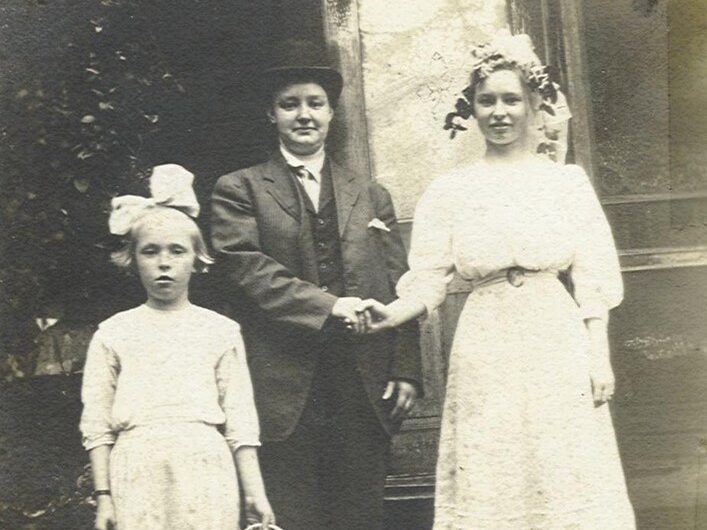
Back in the 1900s, reaching old age was rare. Many people didn’t live past their 50s because of diseases we can now prevent with vaccines or cure easily. Imagine a world without antibiotics—simple cuts could become deadly infections. Even babies had it rough, with infant mortality rates through the roof.
No Reliable Pain Relief
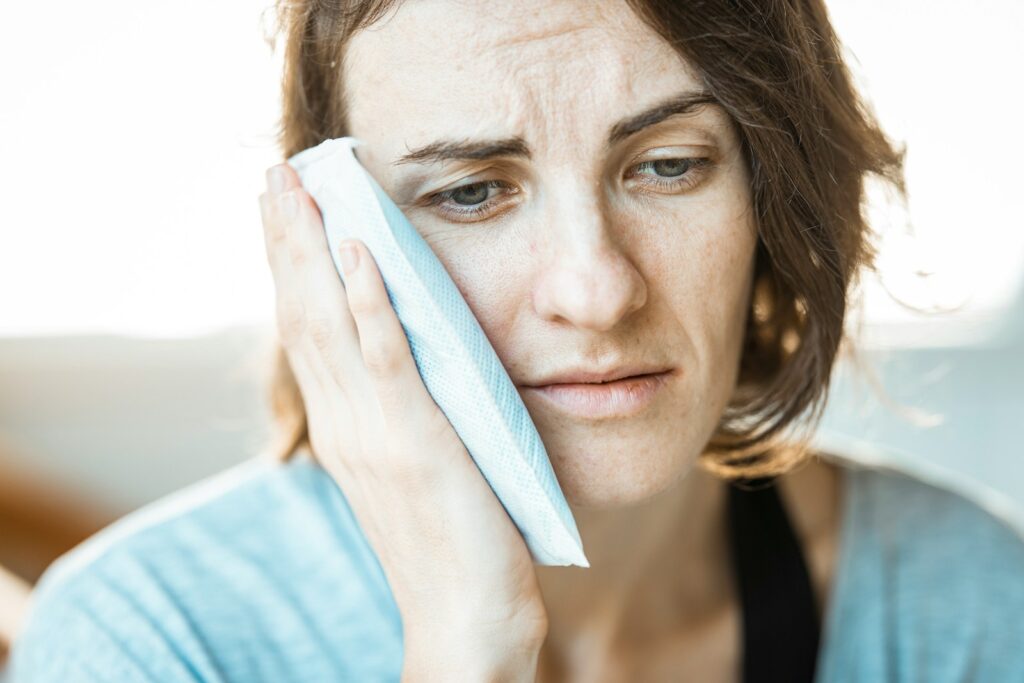
Toothaches, surgeries, or even childbirth meant raw, unfiltered pain in the old times. Ether and chloroform were among the first anesthetics, but they could be dangerous and unpredictable. In the mid-1800s, people sometimes just bit on leather straps to endure the pain. Doctors even used whiskey as a sedative.
Hygiene Was a Mess
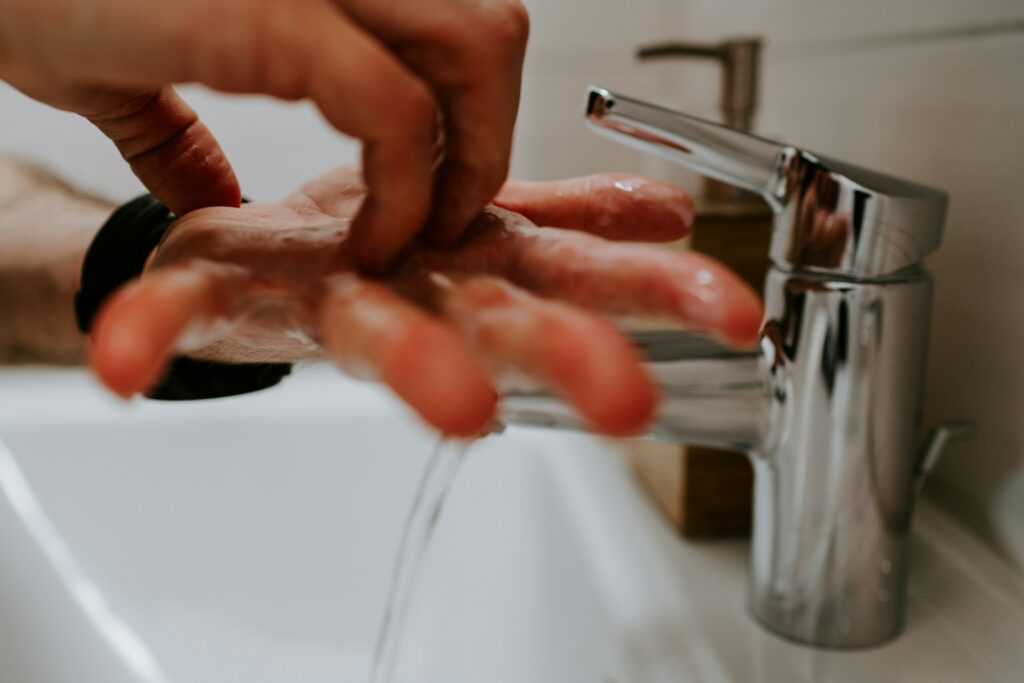
Public baths weren’t just inconvenient; they were communal bacteria baths. Soap was rough and ineffective, and people thought germs were a myth until the late 1800s. Streets often doubled as sewers, and toothbrushing wasn’t a regular habit. Fresh breath? Forget it. Fancy fragrances? It’s more like desperate attempts to mask the smell of unwashed bodies.
Work Was Physically Challenging
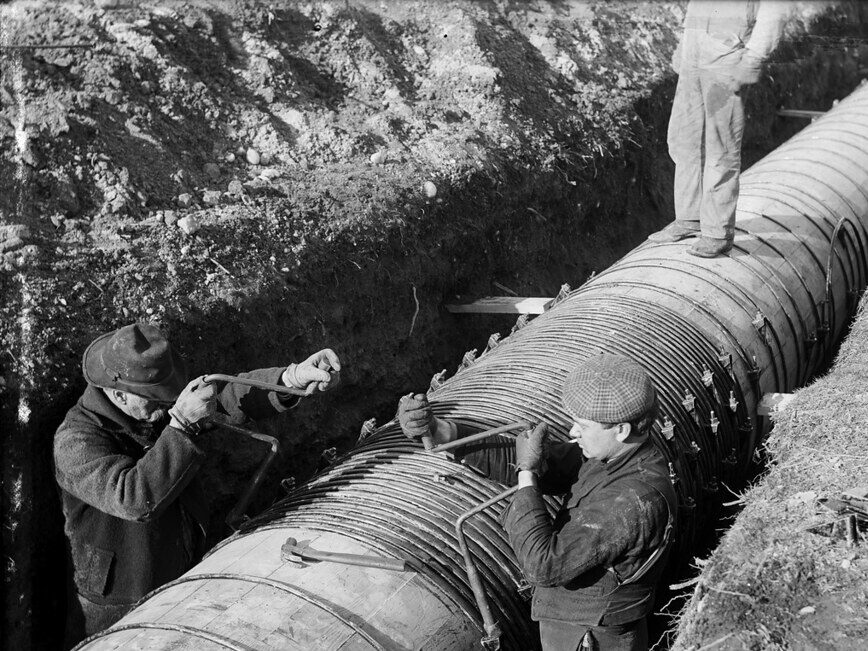
Factory work meant risking your limbs—or your life—every day. Fingers got caught in machines, and there were no hard hats or safety nets. Even farming, considered noble and simple, involved backbreaking labor with no tractors or advanced tools. No weekends, no paid leave, and if you got injured, you were simply replaced. Work-life balance? That was a joke.
Education Wasn’t for Everyone
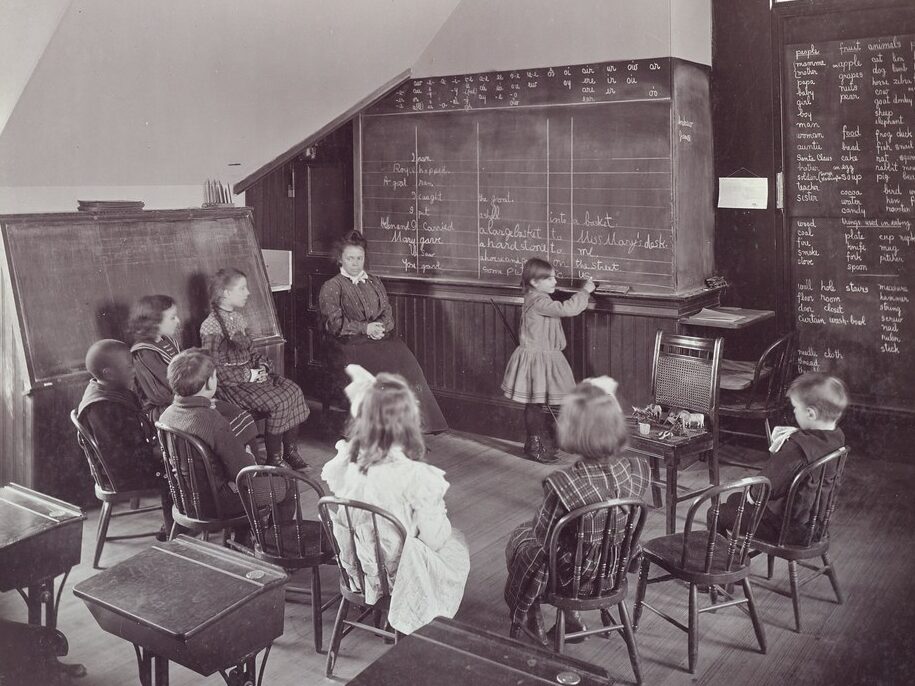
The one-room schoolhouse may look charming in old movies, but it was overcrowded and poorly resourced. Kids of all ages sat together, and teachers had to manage everything with just a few materials. Forget computers or libraries—learning was often memorization from a single textbook if you were lucky. For many, learning ended after a few years because feeding the family was a bigger priority than reading Shakespeare.
Healthcare Was Primitive
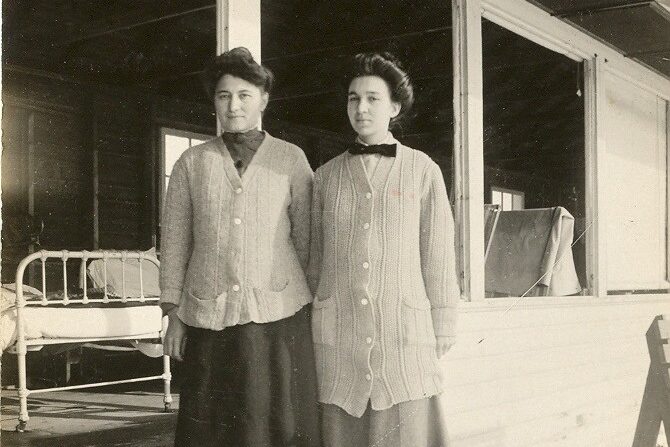
Doctors didn’t wear gloves (even in surgeries), and washing hands wasn’t standard practice until the late 1800s. If you were sick, you might get prescribed mercury or arsenic—both toxic. Bloodletting was common, and amputation was done without any antiseptics. Surgery meant a 50-50 chance of survival at best. The local barber sometimes doubled as a surgeon, cutting more than just hair.
Racism and Sexism Were Rampant
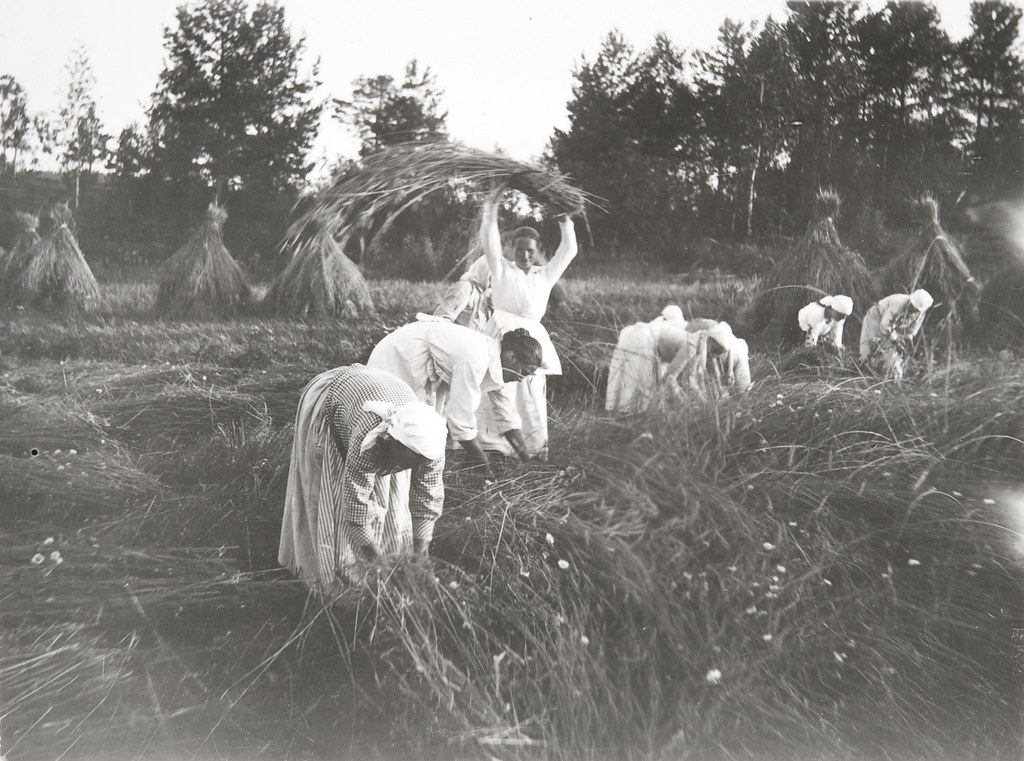
Nostalgia for the past ignores the brutal realities faced by minorities and women. Women couldn’t even vote in the U.S. until 1920, and many jobs were off-limits. Black Americans faced Jim Crow laws and systemic oppression. It wasn’t just socially accepted; it was legally enforced. The “good old days” were only good for a privileged few, while others fought just to be treated as human.
Food Safety Was Unpredictable
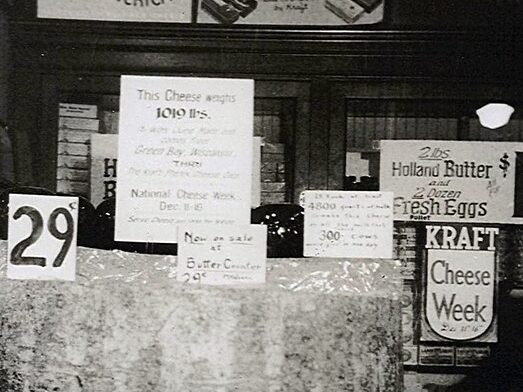
There was no FDA in the 1800s, so manufacturers put whatever they wanted into food. Milk was sometimes watered down with chalk, and meat could be spoiled or filled with sawdust. Upton Sinclair’s The Jungle exposed the horrors of the meatpacking industry in 1906—things like rats falling into grinders. Today’s food labels and hygiene standards are luxuries we owe to those reforms.
No Entertainment on Demand
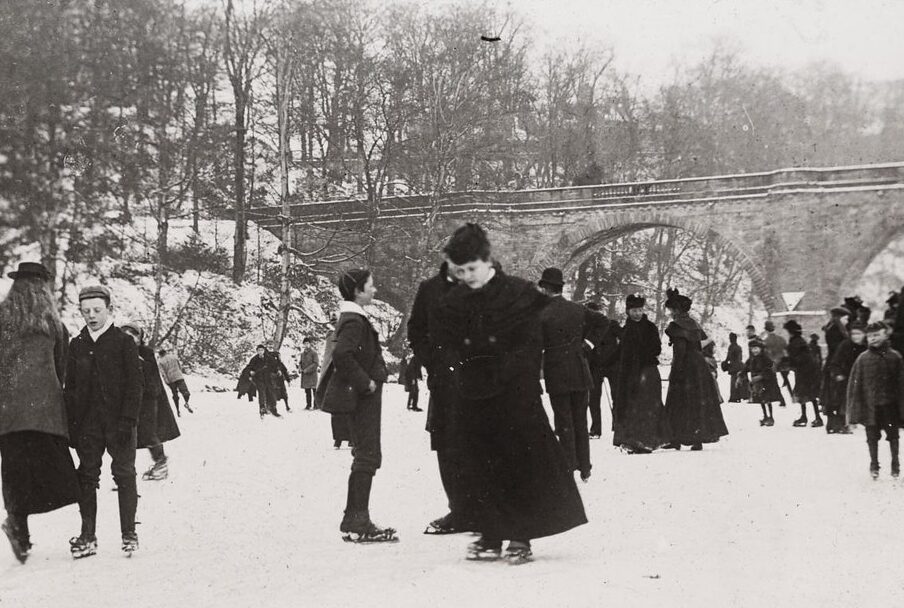
Miss your favorite show? Too bad. The only option in the old days was to hope for a rerun—years later—or read about it. Theaters were expensive, radios limited, and if you lived in rural areas, you might rely on stories told around the fire. Board games were popular, but if you wanted an exciting evening, you had to create your own fun. Streaming marathons? Not even a dream.
Child Labor Was the Norm
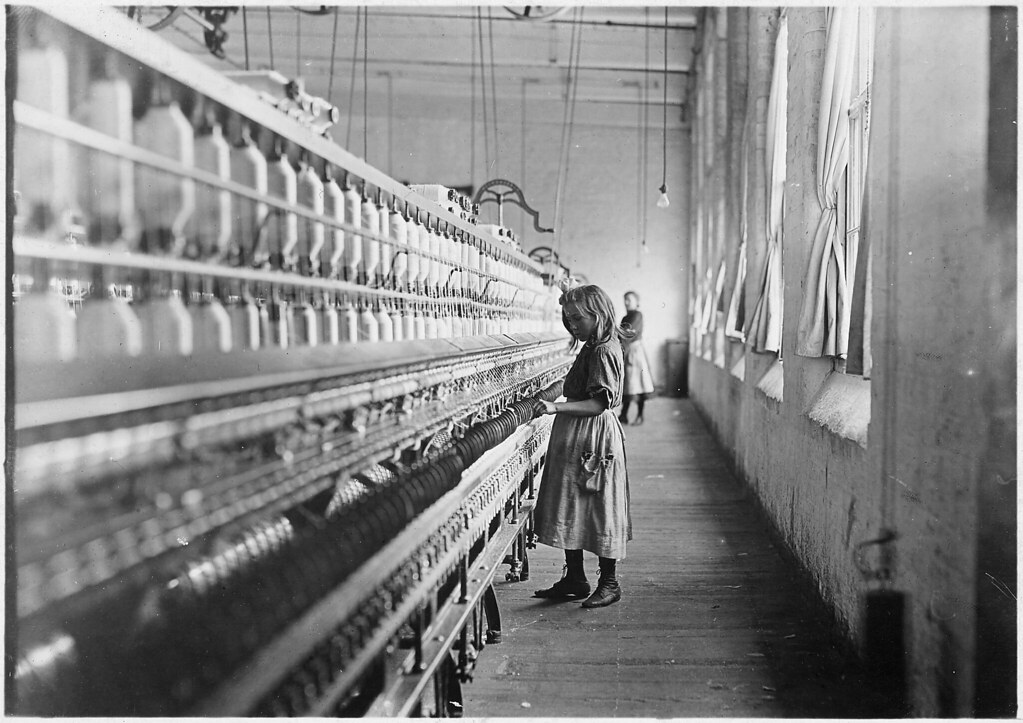
Children worked in coal mines, textile mills, and even chimney sweeps. Imagine a seven-year-old climbing into a narrow chimney filled with soot, risking suffocation. Safety rules didn’t exist. Kids got paid a fraction of adult wages, but many families had no choice. A hard day’s work back then didn’t end with cartoons or snacks—it ended with exhaustion.
Transportation Was Slow and Uncomfortable
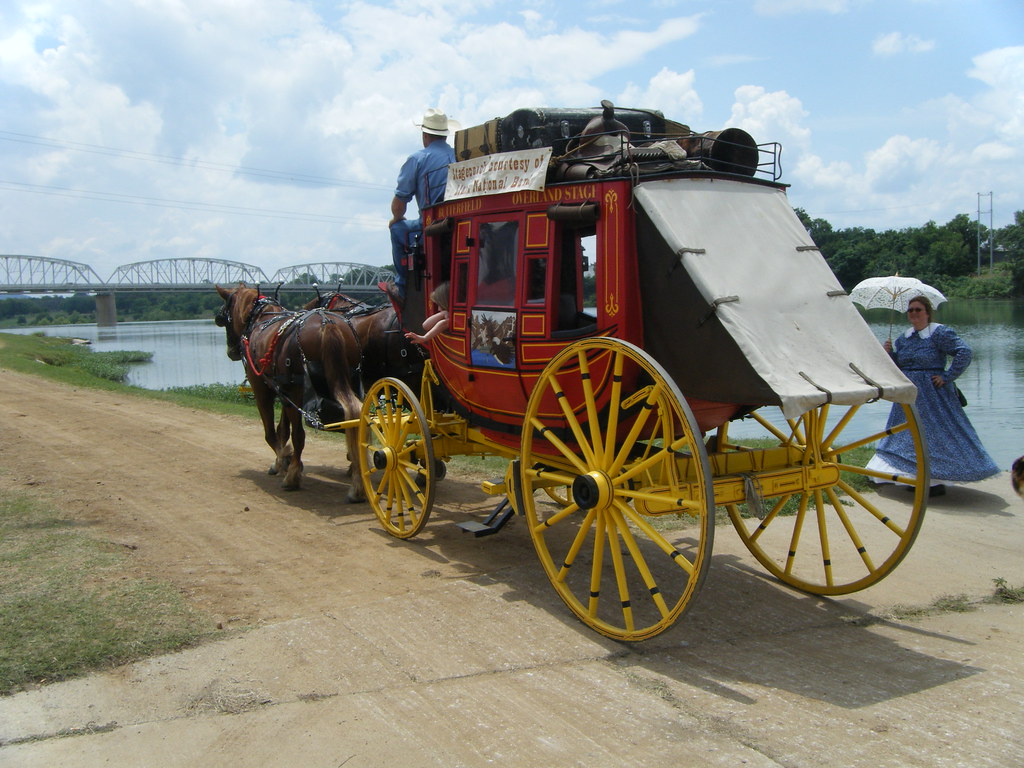
In the 1800s, stagecoach rides were bumpy, dusty, and very slow. Early trains were smoky and noisy, with hard wooden benches. If you traveled by ship, seasickness was common, and long trips across the ocean meant cramped quarters. Imagine crossing the U.S. by covered wagon—weeks of bone-jarring travel, bad food, and no rest stops.
Communication Was a Hassle
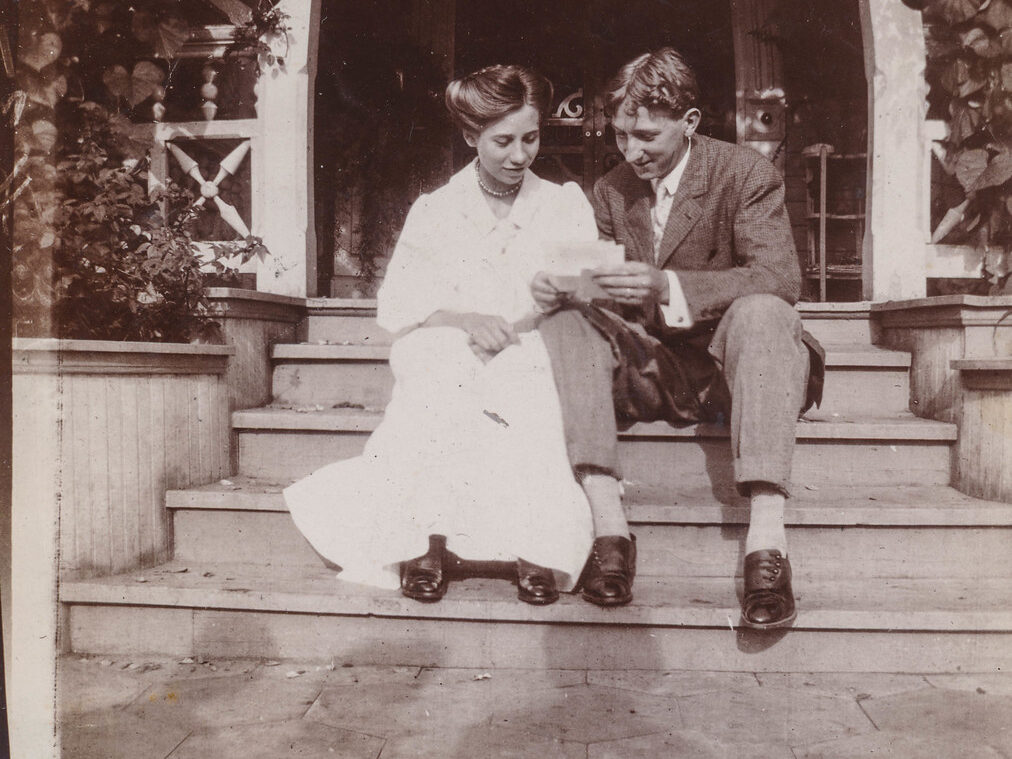
Writing letters was romantic—until you consider the delays. Weeks or months could pass before getting a reply. If the mail didn’t make it, your message was lost forever. Long-distance calls were a luxury, and telegraphs—charged by the word—meant keeping things short. Emojis? Try Morse code. Talking to friends anytime, anywhere is something past generations could only dream about.
Natural Disasters Were Deadlier
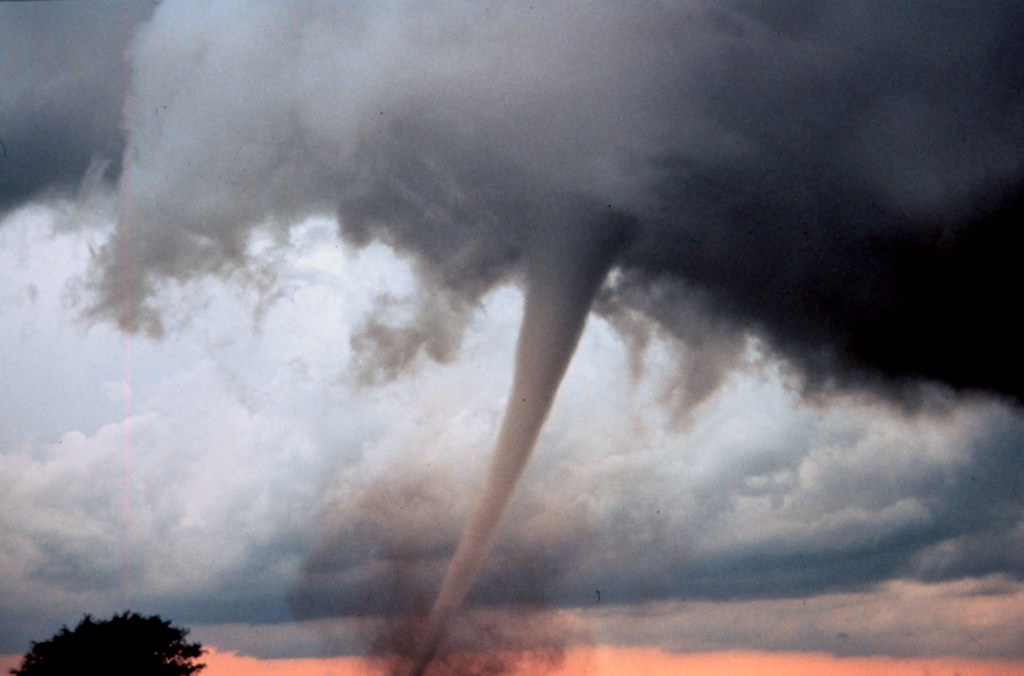
Before satellites and radar, hurricanes and tornadoes struck without any kind of warning. The 1900 Galveston hurricane killed over 8,000 people because no one knew it was coming. Floods wiped out entire towns with no rescue teams to help. Today, early warning systems and disaster relief save countless lives, making storms a little less terrifying than in the past.
Fashion Was Often Uncomfortable
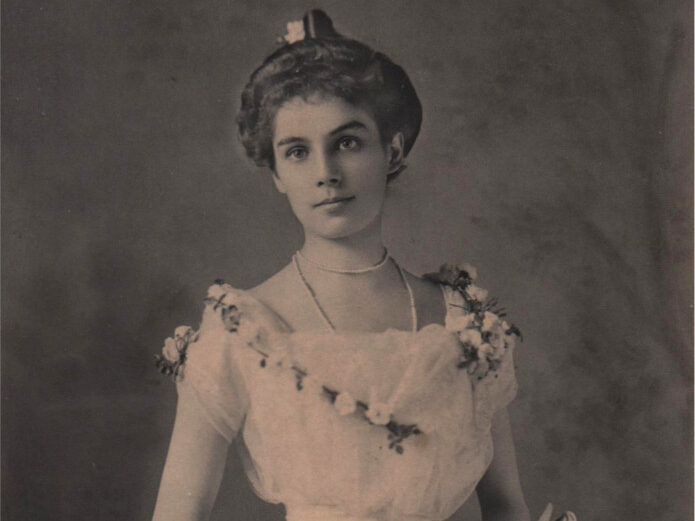
Corsets squeezed women’s ribs, causing fainting spells and even organ damage. Men’s clothing wasn’t much better—stiff collars, heavy wool suits, and no breathable fabrics. Washing clothes was a backbreaking chore, and there were no wrinkle-free or quick-dry materials. Fashion was formed over function, and comfort was a luxury few could afford.
Technology Was Nonexistent
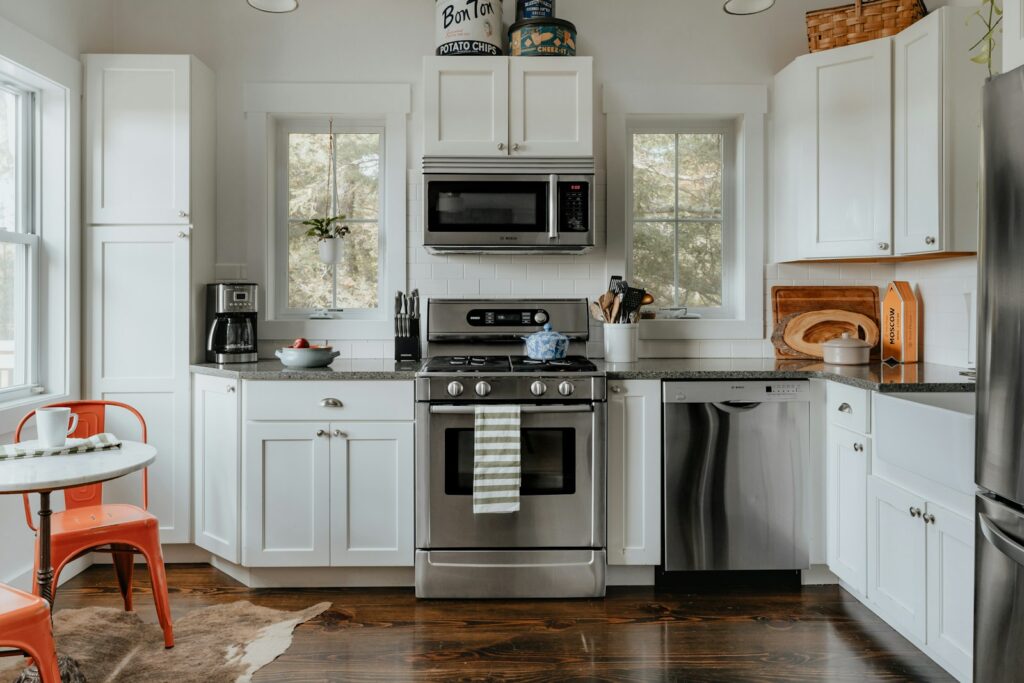
Think of all the gadgets you use in a single day—fridges, microwaves, coffee makers. Now, imagine life without them. Cooking took hours, cleaning was a full-day event, and laundry involved scrubbing by hand. Forget instant anything. People had to work hard for every convenience, making today’s time-saving tech feel like pure magic.
Public Health Wasn’t a Priority
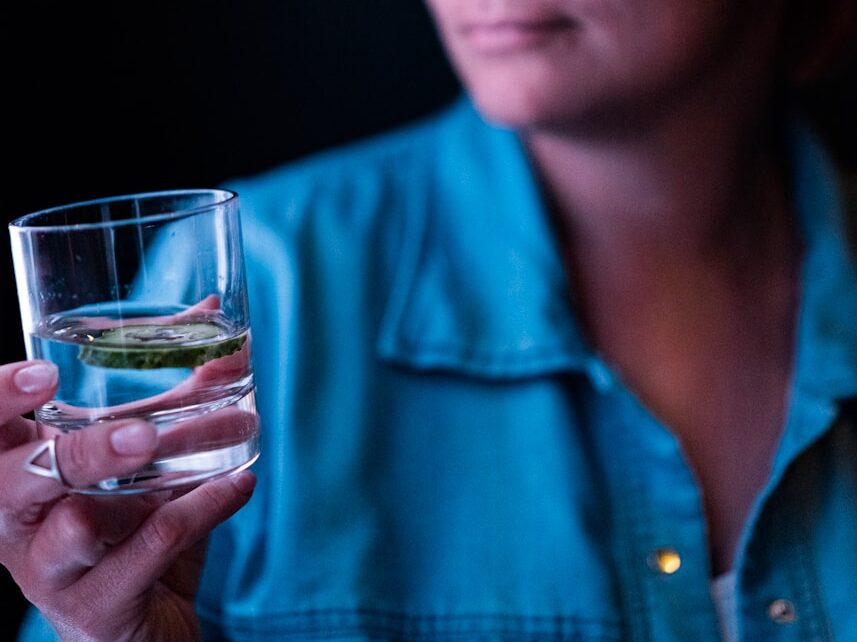
The idea of clean water for everyone? That wasn’t a thing. Cities dumped raw sewage into rivers that supplied drinking water. Cholera outbreaks killed thousands because sanitation systems were poor or non-existent. Garbage piled up in streets, attracting rats and spreading disease.
Lighting Was a Fire Hazard
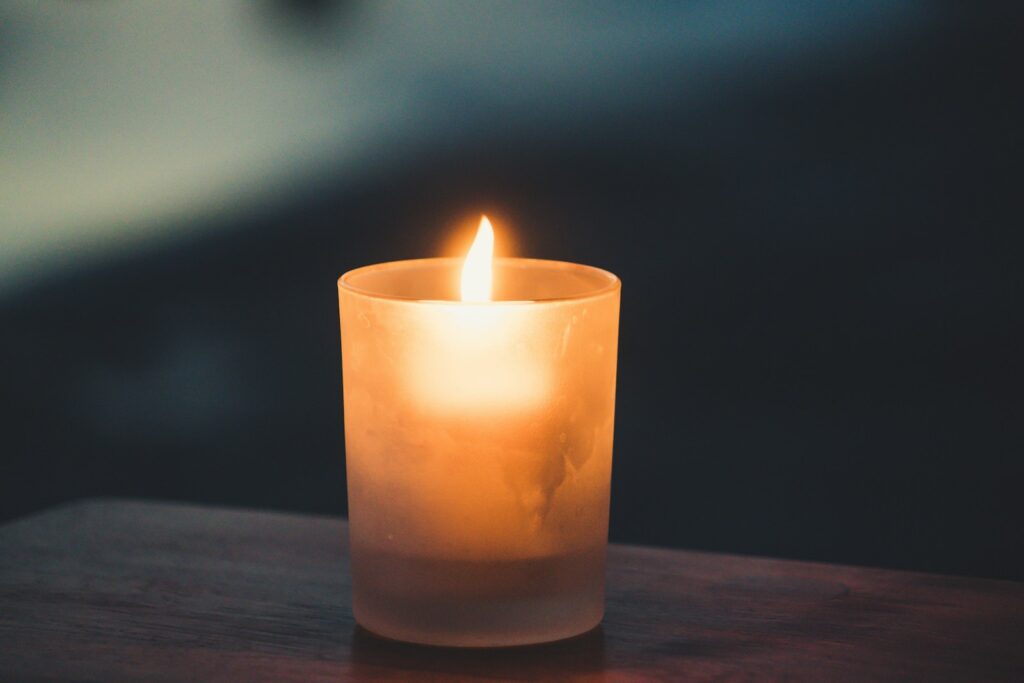
Before electricity, homes were lit with candles or oil lamps. While charming in old paintings, they were dangerous and often caused devastating house fires. Gas lighting was prone to leaks that could poison people or cause explosions. Imagine living in constant fear that a single spark could burn down your entire home. Flicking a light switch is way better.
Policing and Justice Were Brutal
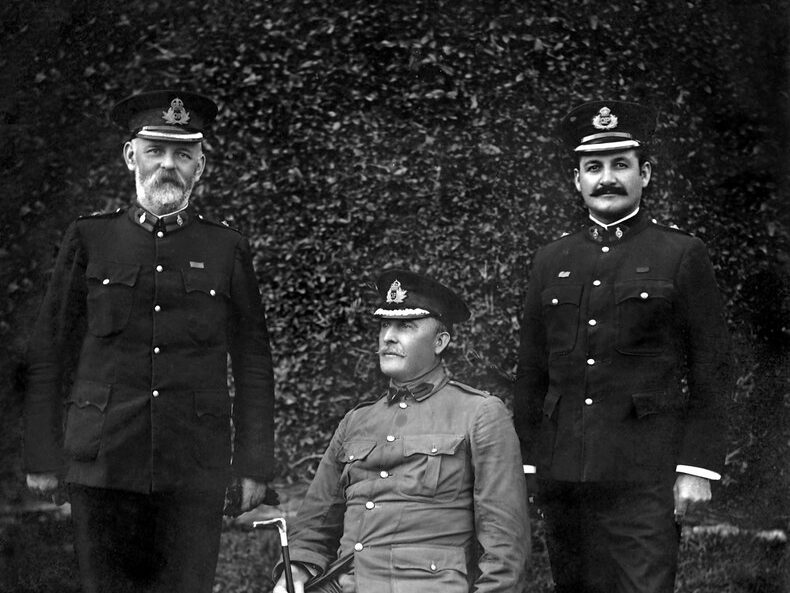
Law enforcement in the good old days was more about muscle than fairness. Public hangings and flogging were pretty common punishments. Police officers didn’t get much training, and justice was often quick—but not exactly fair. The idea of “innocent until proven guilty” and the right to a fair trial were still in the works back then.
Housing Was Cold and Cramped
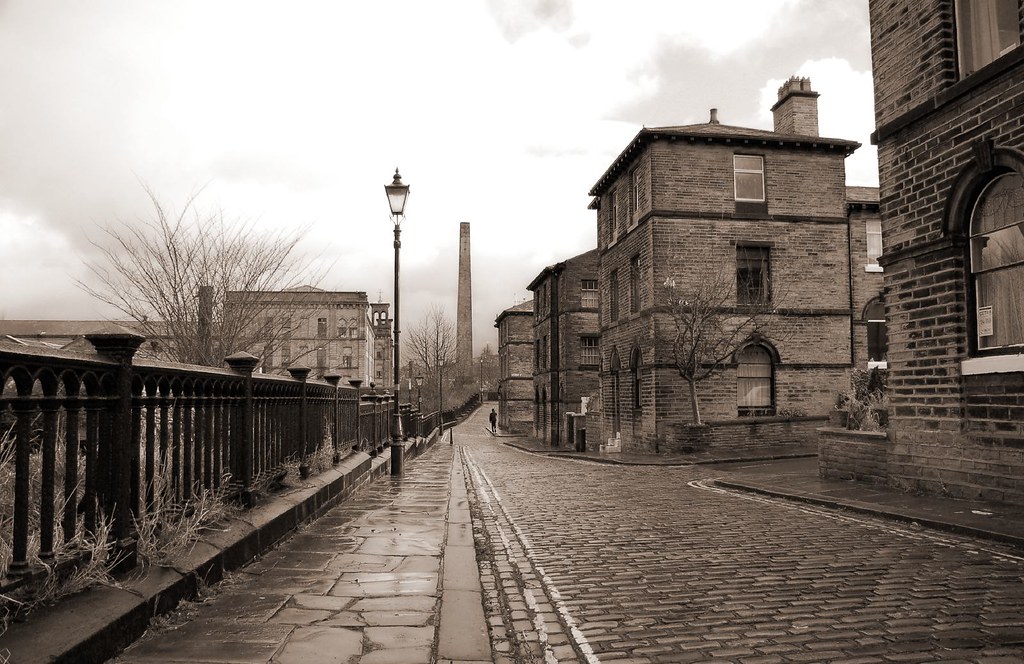
Central heating didn’t exist, so people relied on fireplaces and coal stoves. Keeping warm in winter was a struggle, especially for the poor, who often shivered through the night. Homes were small, drafty, and lacked insulation. The idea of separate bedrooms was a luxury—families often slept in one room. Forget smart thermostats—staying warm was hard work.
Mental Health Care Was Barbaric
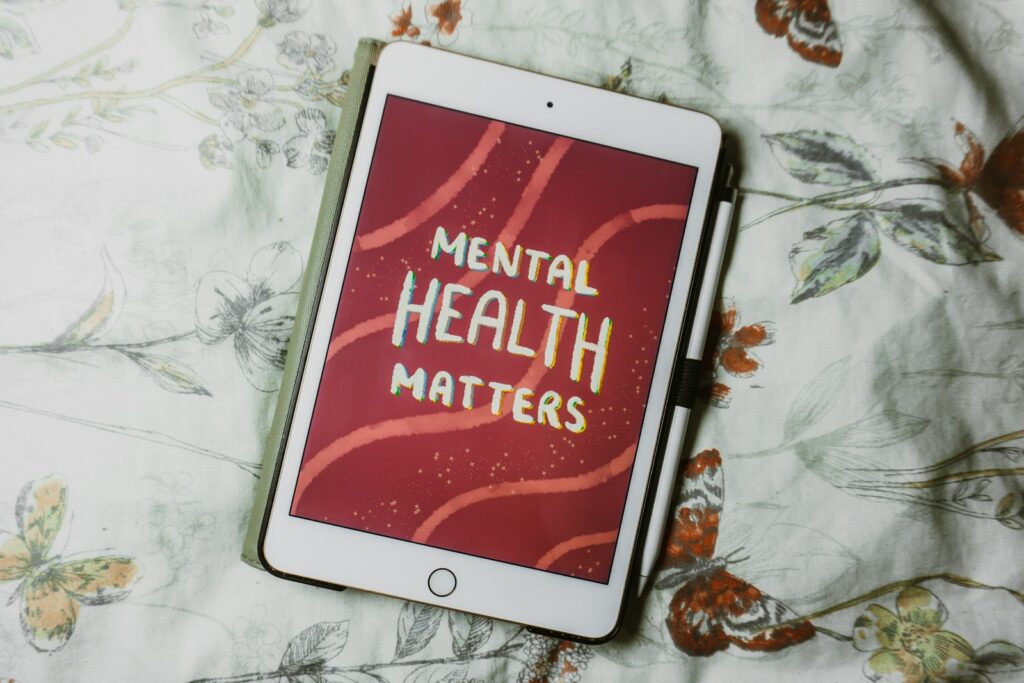
Before modern psychiatry, mental illnesses were misunderstood and poorly treated. People with depression or anxiety were often locked in asylums (they were basically left alone). Treatments included electric shock therapy, lobotomies, and other horrifying methods. Many patients were never released, spending their lives in grim conditions.
Air Quality Was Terrible
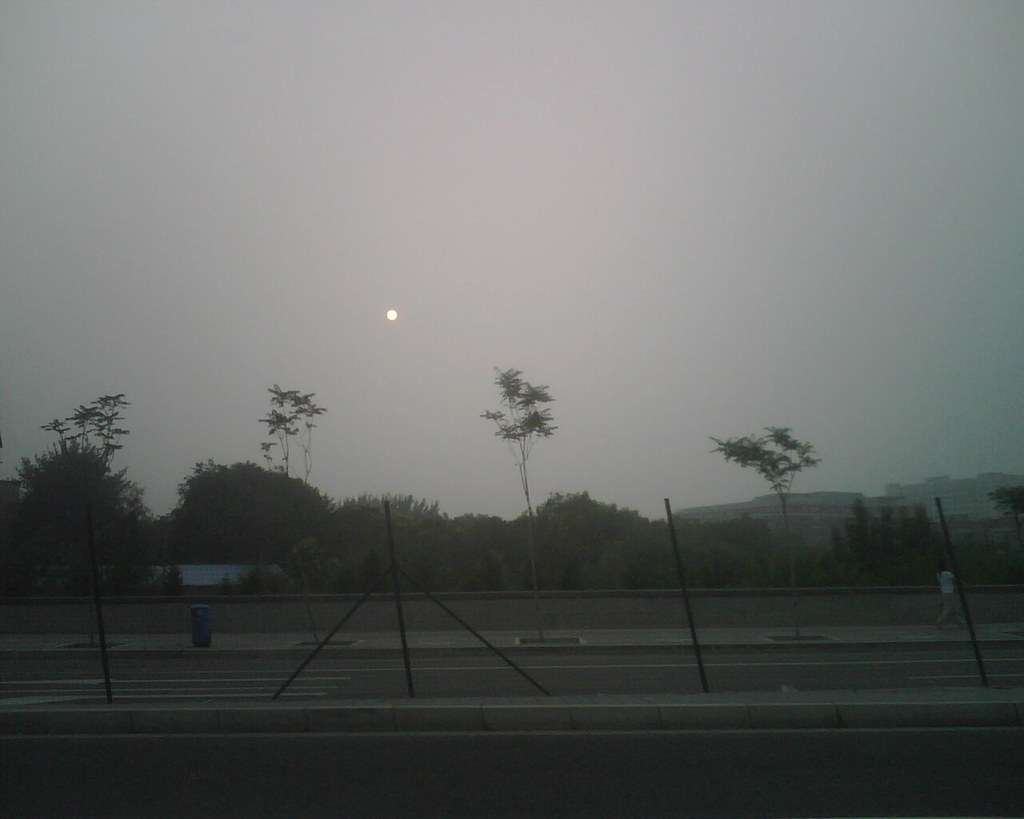
Industrial cities were shrouded in smog from coal-burning factories. London’s infamous “Great Smog” of 1952 killed thousands due to poor air quality. Even homes weren’t safe—coal or wood stoves filled them with smoke. Clean air regulations and greener energy have made a huge difference in how we breathe. Back then, coughing fits were a part of daily life.
Mail Wasn’t Secure
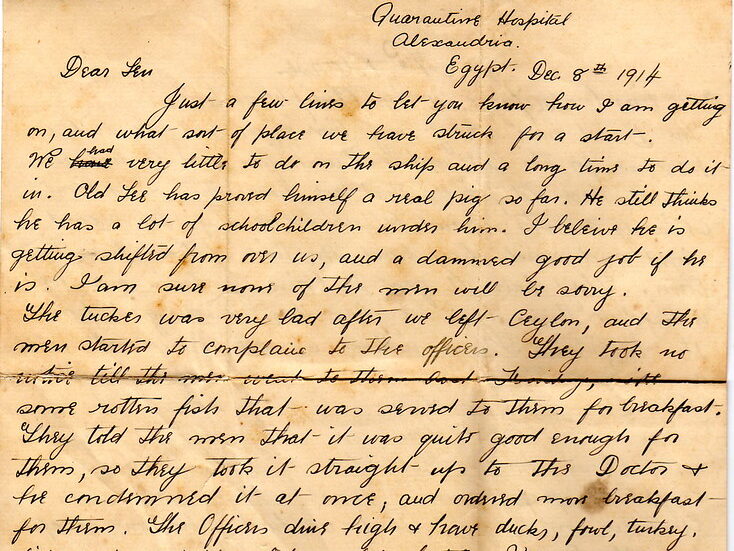
Mail delivery was slow and unreliable in the old times. Postal workers sometimes read letters for entertainment, and packages often went missing. Privacy? Forget it. Mail was easy to tamper with, and important documents could vanish without explanation. Today’s secure deliveries and tracking numbers make lost letters seem like ancient history.
Women’s Rights Were Severely Limited
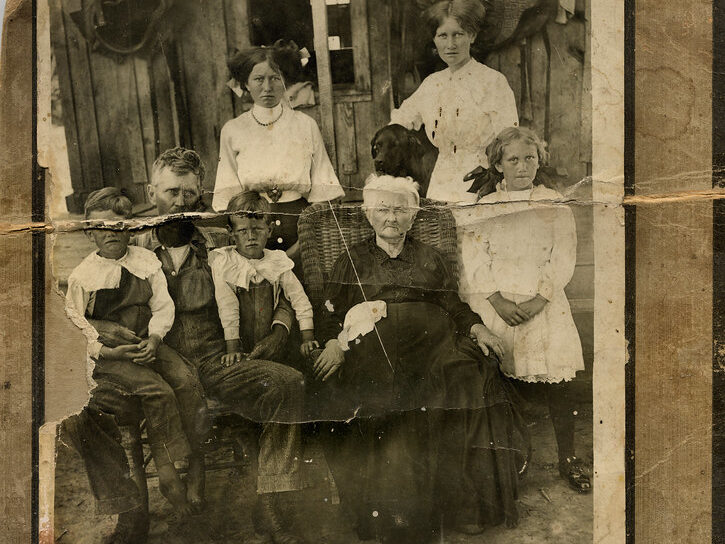
In the good old days, women were treated as property. They couldn’t own land, vote, take loans, or even keep their wages. Husbands controlled almost every single aspect of their wives’ lives. Divorce was scandalous, and domestic abuse wasn’t taken seriously. The freedom women have today is a result of centuries of hard-fought battles.
Alcohol Was Dangerous and Unregulated
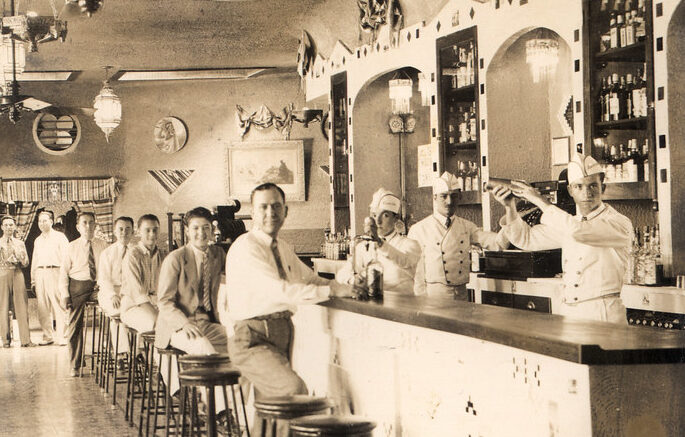
Before modern alcohol rules, bootleggers sold all kinds of toxic, homemade brews. During Prohibition in the 1920s, people drank sketchy concoctions that could make you go blind or even kill you. Even legal booze wasn’t always safe—poorly made stills often caused lead poisoning.
You Couldn’t Just Google It
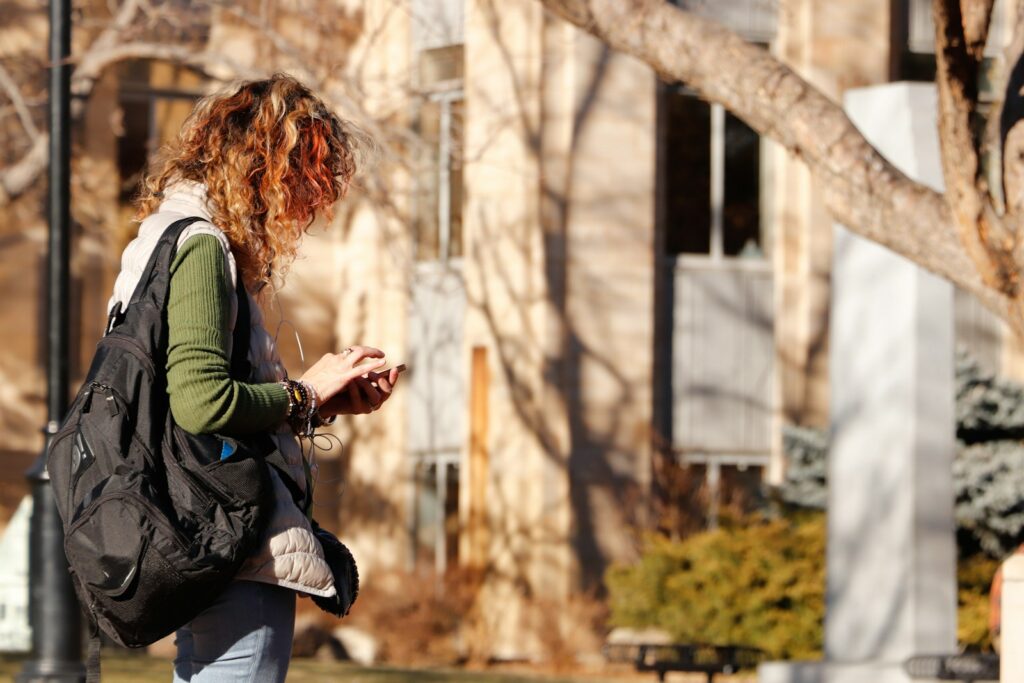
Information was hard to access. Libraries were limited, encyclopedias were expensive, and learning something new often meant asking the right person—if you could find them. Want to fix your plumbing or bake a cake? Good luck without YouTube or recipe blogs. The internet has turned knowledge into a click-away luxury we shouldn’t underestimate.
